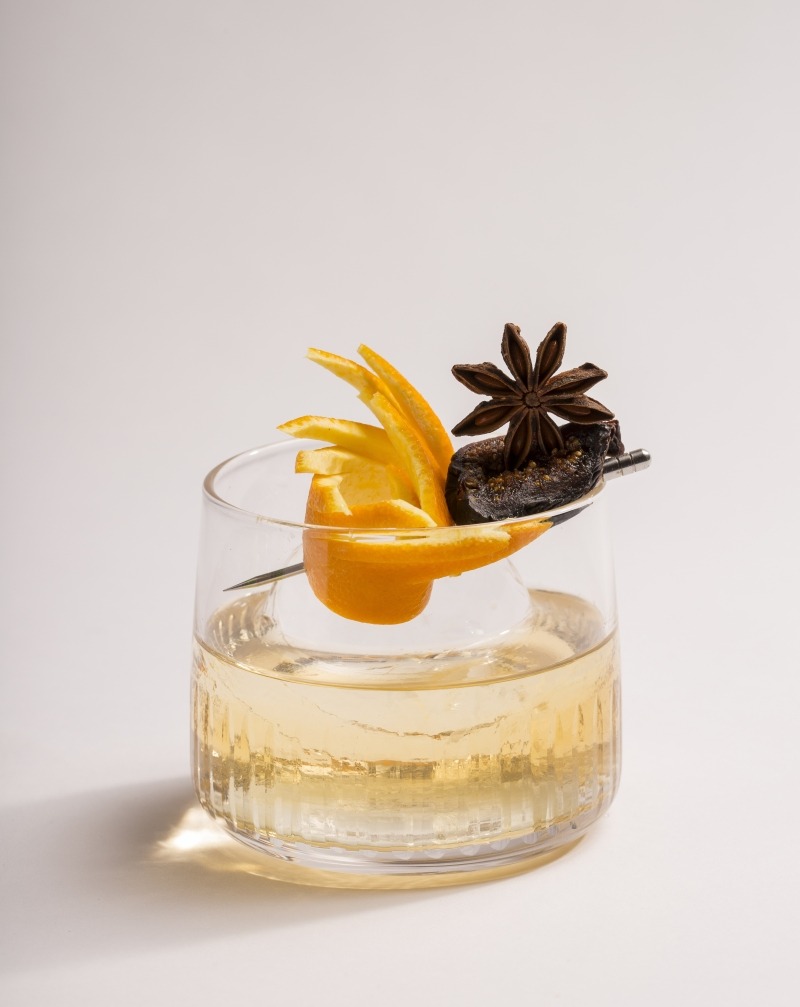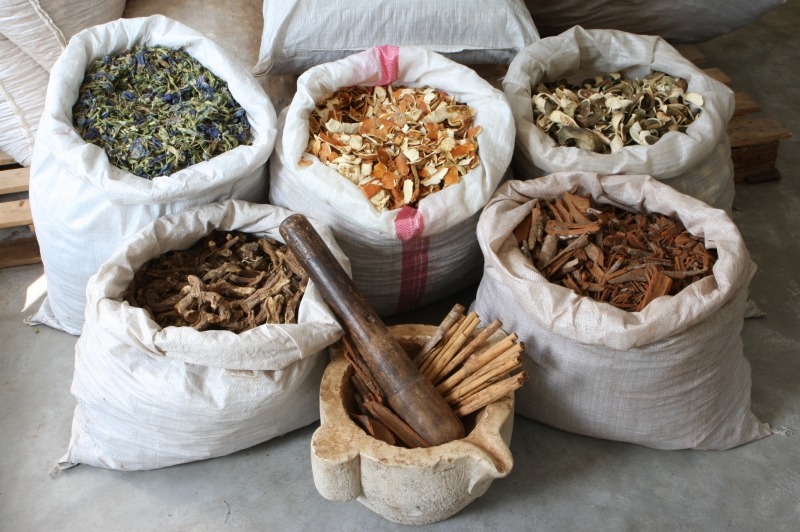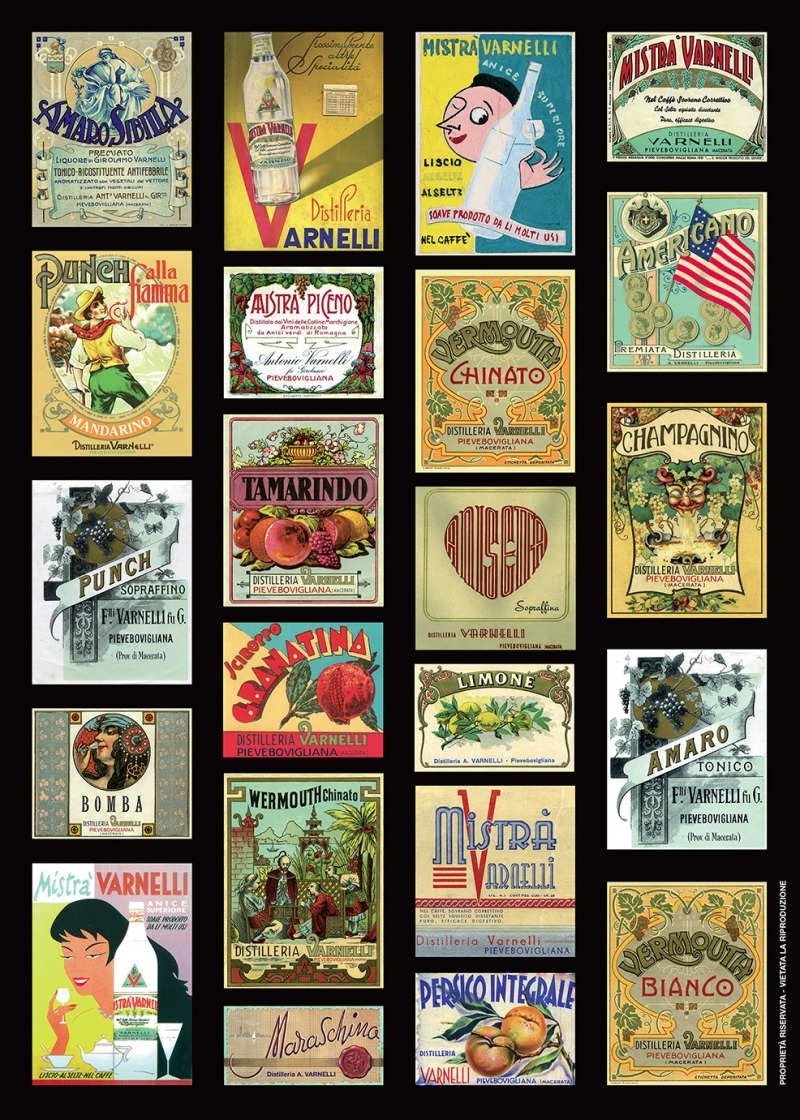A few words regarding anise.
The gardens of Aquisgrana were home to the rich cultivation of Pimpinella anisum because Charlemagne was convinced you couldn't live without anise. But how did this modest plant become so famous?
The Egyptian and Babylonian surgeons used to say that it was a cure-all for all evils, let alone the other famous people from that time like Hippocrates, Galeno, Dioscoride, Celso and others authors of bestsellers like Plinio and Pithagora.
Anise's virtues make everone happy: the sinners of gluttony found relief in its digestive qualities, the lustful ones in its strengthening of the coitus (as Dioscoride wrote), the breastfeeding women in the increase in milk production, the thirsty ones in its ability to calm their dryness of the mouth, and for the improvement of the breath in the youth in general, and a decrease in flatulence as well as an increase in diuresis.
Its aroma, other than being particularly attracting, is also able to relieve headaches.
The merit of such a wide range of actions is due to the Galenical principles that contain: many resins, but most of all an essential oil which is composed of the principle anetolo.
Pinpinella anisum
Let's begin by saying that it's an umbellifier. This is already something, but maybe you can understand better if we add that its name derives from the Latin word "anisum," at that time it was a variation from the Greek word "anison:" the "non equal" from the Greek word "anisos" referred to hemlock, compared to the green anise (pimpinella anisum) that showed many similarities as well as substantial differences.
Excuse our technical language, but it's an herb that the Egyptians and Babylonians, and then Hypocrates, Celso and Galieno, recognized for its curative powers other than for its aromatic virtues which merits a minimum of philology.
In the central and southern regions of Italy, the anise liquors were probably introduced by the Arabs taking the name "anisette," of which there were many different hypothesis. One "autochthonous" version comes from the contraction of the word "mix" (the liquor is mixed with water). But the other version seems more convincing, which comes from the name "mistrà" from "Misithra", a Byzantine city near the current Sparta, where the Venetians imported the anise liquor from.
In the Marche campaign, in the Piceno area in particular, anisette is a liquor for lacing espresso, a traditional product in itself for its alcoholic distillation aromatic properties, other than the green anise - found throughout the mountainous areas and in particular on Monti Sibillini - with wild fennel or with fruit (apples, oranges).
This is how the tradition of "MISTRA VARNELLI" (Varnelli anisette) came about, which over time became more rich in its aroma, flavor, and in uniqueness. And the secret production gives something more to the "Mistra" and this is why its called "VARNELLI": only and simply "VARNELLI".
By tasting it you'll enter into a world of "special flavors", which is impossible to describe, and so for this reason, we wrote on the label: "just a taste to make me your favorite."
At the end of the meal, two different ways continue to divide the mind: "Varnelli" diluted in espresso, at the bottom for example, or alone, with no other contact?
(Bibliography:
Luigi ODELLO-"Knowing and appreciating LIQUORS";
"From VINEYARDS TO WINE, myths, tradions, art and history" - edited by Benedetto Salvucci)










